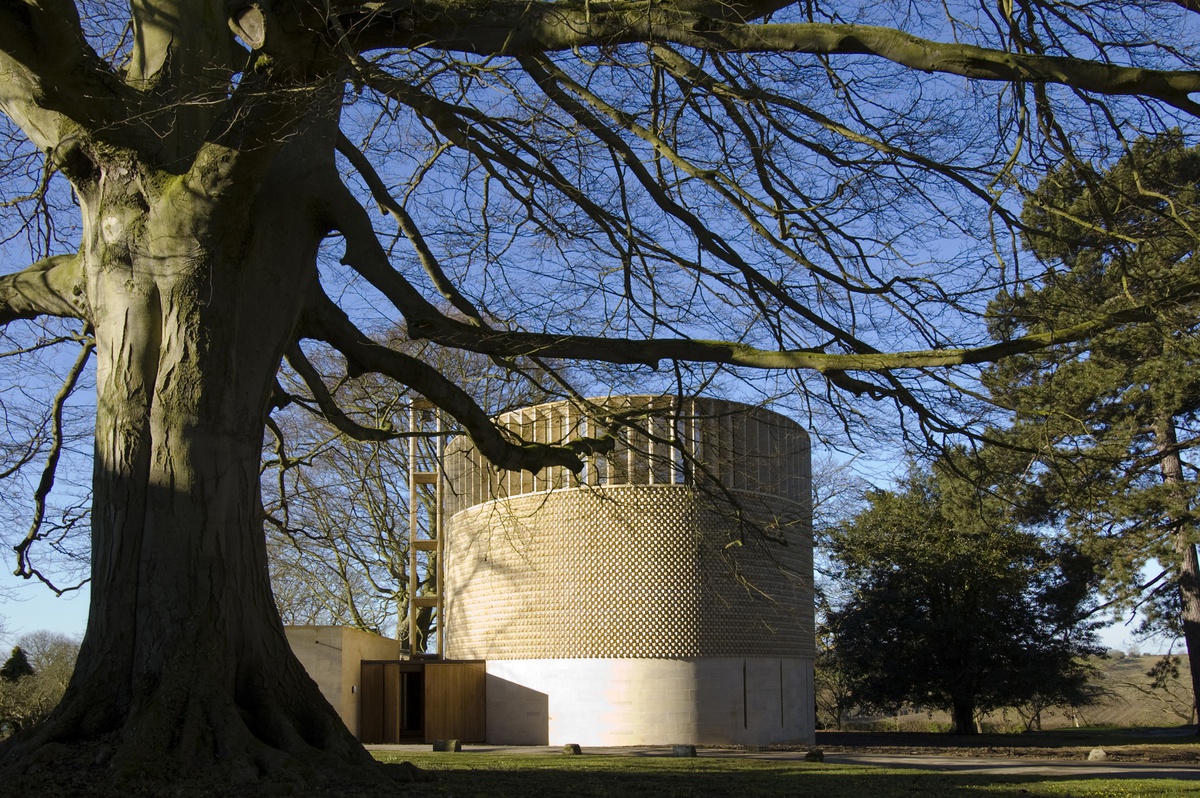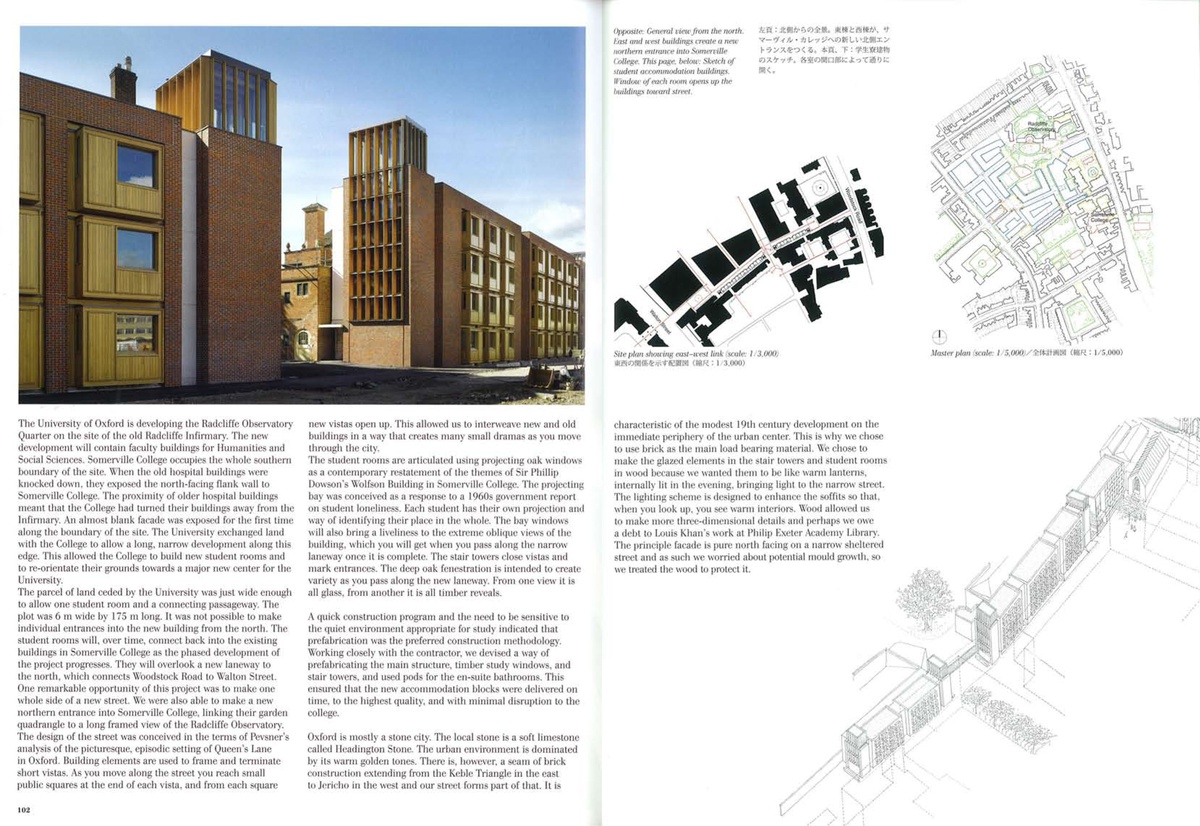BISHOP EDWARD KING CHAPEL SHORTLISTED FOR RIAI GOLD MEDAL 2013-2015
DECEMBER 2024

Bishop Edward King Chapel was shortlisted for the RIAI Gold Medal 2013-2015. Presented by the RIAI since 1934, the Gold medal is the highest honour in Irish Architecture.
The jury noted:
This unique project for Ripon Theological College, developed over time from an initial design competition responds to the context of the existing 19th century college campus and surrounding trees and is also grounded in the wider South Oxfordshire landscape, overlooking the valley to the west.
The architect has created an exquisitely detailed nave type space for collegiate gathering, defined by the tracery of a Glulam structure and equipped with a perimeter ambulatory, side chapel and sacristy in which the control of space and light is exemplary.
Through its refined architecture this chapel becomes truly a spiritual space, an ethereal place set apart in heart of English countryside, and capable of responding to the changing requirements of the College.
The RIAI Gold Medal 2013-2015 was awarded to Donaghy+Dimond Architects for The Model School, Inchicore.
A+U FEATURE ON SOMERVILLE COLLEGE ACCOMMODATION
MAY 2014

The Japanese journal a+u has published an account of the practice’s student accommodation for Somerville College, Oxford. The theme of this month’s publication is ‘New Landscapes of Wooden Architecture’ and features an international selection of projects that explore new aspects of wood technology and its potential within cities. The article gives a description on the themes and processes behind the project, placing it within the context of the historic university city and the surrounding Radcliffe Infirmary Quarter.
It is illustrated with working details of the bespoke timber glazing for the stair tower lanterns, as well as the prefabricated timber projecting bay window units for the student bedrooms, with their integral desk and bench seat overlooking the street.
‘We chose to make the glazed elements in the stair towers and student rooms in wood because we wanted them to be like warm lanterns, internally lit in the evening, bringing light to the narrow street…Wood allowed us to make more three-dimensional details…we owe a debt to Louis Kahn’s work at Philip Exeter Academy Library.’ NM

